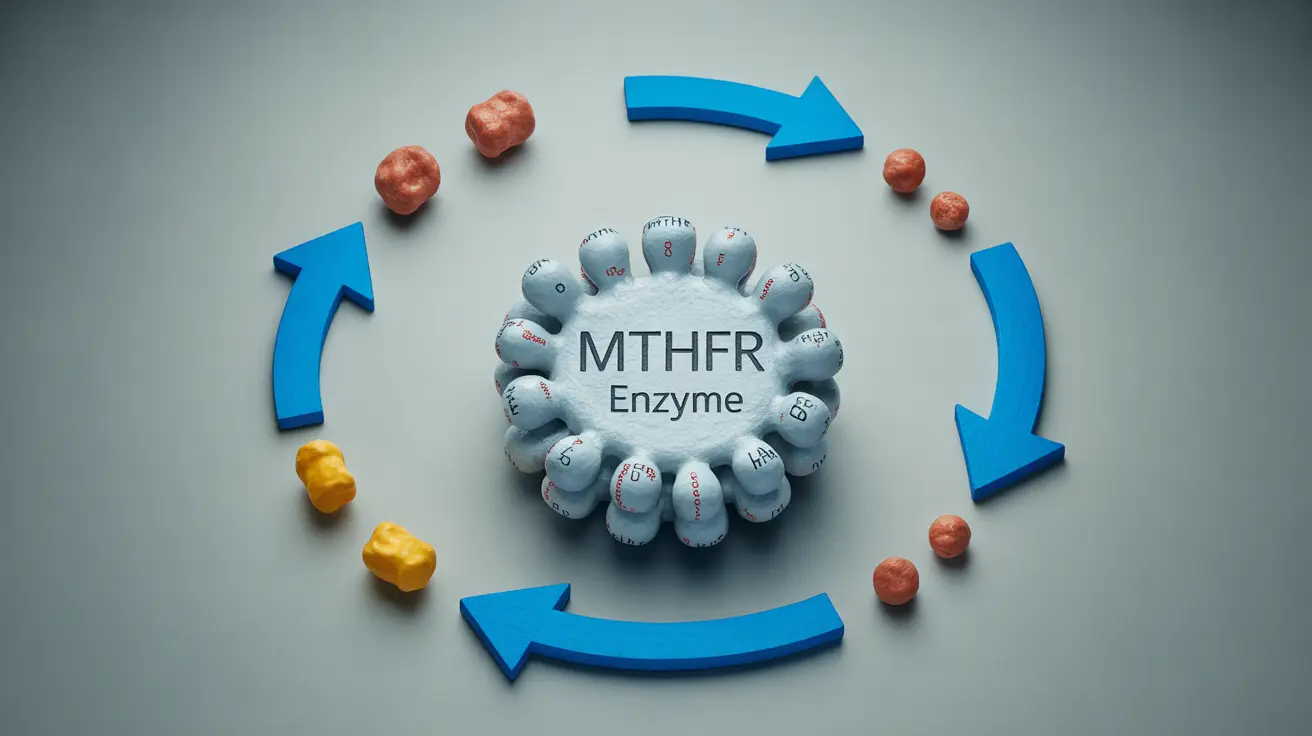Following a radical prostatectomy, one of the most critical aspects of your recovery and ongoing care involves monitoring prostate-specific antigen (PSA) levels. Many patients experience anxiety when they receive their first post-surgery PSA results, particularly when levels like 0.10 ng/mL appear on their lab reports. Understanding what these numbers mean can provide crucial peace of mind and help you make informed decisions about your health journey.
PSA monitoring after prostate removal serves as a vital tool for detecting potential cancer recurrence and ensuring the surgery's success. While the prostate gland has been removed, trace amounts of PSA may still be detectable due to remaining prostate cells or other factors, making interpretation of these results both nuanced and important for your long-term health outcomes.
Expected PSA Levels After Prostate Surgery
After a successful radical prostatectomy, PSA levels should drop significantly since the prostate gland—the primary source of PSA production—has been removed. Most urologists expect PSA levels to become undetectable or drop to very low levels within 6 to 8 weeks following surgery.
The ideal post-prostatectomy PSA level is typically considered to be less than 0.1 ng/mL, with many laboratories reporting levels as "undetectable" when they fall below 0.05 ng/mL. However, the specific threshold may vary depending on the sensitivity of the laboratory equipment used for testing.
Several factors can influence your initial post-surgery PSA readings, including the completeness of prostate tissue removal, the presence of benign prostate cells that may remain after surgery, and individual variations in PSA clearance from the bloodstream. Your surgical approach, surgeon's technique, and pre-surgery PSA levels may also impact your recovery timeline.
Interpreting a PSA Level of 0.10 ng/mL
A PSA reading of 0.10 ng/mL after prostatectomy sits at a critical threshold that requires careful interpretation by your healthcare team. This level is often considered the upper limit of what might be acceptable in the immediate post-operative period, though it warrants close monitoring and follow-up testing.
In many cases, a PSA of 0.10 ng/mL shortly after surgery may represent residual PSA clearing from your system rather than cancer recurrence. PSA has a half-life of approximately 2 to 3 days, meaning it takes several weeks for levels to reach their lowest point after prostate removal.
However, this level also represents what many oncologists consider the threshold for biochemical recurrence, particularly if it persists or rises during subsequent testing. The timing of when this level appears, whether it's stable or increasing, and your individual risk factors all play crucial roles in determining its clinical significance.
Monitoring Schedule and Rising PSA Concerns
Post-prostatectomy PSA monitoring typically follows a structured schedule designed to catch any concerning changes early. Most urologists recommend PSA testing every 3 to 6 months during the first two years after surgery, then every 6 to 12 months thereafter if levels remain stable and undetectable.
Your first PSA test usually occurs 6 to 8 weeks after surgery, allowing sufficient time for surgical healing and PSA clearance. If your initial results show detectable levels, your doctor may recommend more frequent testing, potentially every 6 to 8 weeks, to monitor trends rather than relying on a single measurement.
Rising PSA levels, particularly those that show consistent increases across multiple tests, require immediate attention. A pattern of rising levels may indicate biochemical recurrence, even if the absolute values remain relatively low. Your healthcare team will consider factors such as your original cancer grade, surgical margins, and the rate of PSA increase when determining next steps.
Treatment Thresholds and Additional Testing
The decision to pursue additional treatment after prostatectomy depends on multiple factors beyond just PSA levels. While a PSA of 0.10 ng/mL or higher may trigger concerns, most oncologists look for confirmation through repeated testing and consider the velocity of PSA increase before recommending intervention.
Biochemical recurrence is typically defined as two consecutive PSA measurements of 0.2 ng/mL or higher, though some specialists may consider treatment at lower thresholds depending on individual circumstances. The doubling time of your PSA—how quickly levels increase—provides crucial information about the aggressiveness of any potential recurrence.
Additional diagnostic testing may include advanced imaging studies such as PSMA PET scans, which can detect cancer recurrence at very low PSA levels. These sophisticated imaging techniques help determine whether cancer has returned locally in the prostate bed or has spread to other areas of the body, guiding treatment decisions accordingly.
Factors Affecting Post-Surgery PSA Levels
Several factors can contribute to slightly elevated PSA levels after prostatectomy, even when all cancer has been successfully removed. Understanding these factors can help alleviate anxiety and provide context for your test results.
Benign prostate tissue may occasionally remain after surgery, particularly in cases where surgeons must preserve tissue near critical structures like nerves or the bladder neck. This remaining tissue can continue producing small amounts of PSA without indicating cancer recurrence.
Laboratory variations and testing sensitivity can also affect results. Different laboratories may report varying levels of detection sensitivity, and factors such as recent physical activity, infection, or inflammation can temporarily influence PSA readings. Your healthcare team will consider these variables when interpreting your results.
Frequently Asked Questions
What should my PSA level be at 6 to 8 weeks after prostate surgery?
At 6 to 8 weeks after radical prostatectomy, your PSA level should ideally be undetectable or below 0.1 ng/mL. Most successful surgeries result in PSA levels dropping to less than 0.05 ng/mL, though it may take several weeks to reach the lowest point due to PSA's natural clearance time from your bloodstream.
Is a PSA of 0.10 ng/mL after prostatectomy considered normal or a sign of cancer recurrence?
A PSA of 0.10 ng/mL after prostatectomy sits at a critical threshold that requires careful monitoring. While it may represent normal PSA clearance in the immediate post-operative period, this level warrants close follow-up testing. It's not automatically indicative of cancer recurrence, but persistent or rising levels at this threshold may signal the need for additional evaluation.
How often should I get PSA tests after prostate surgery and what do rising levels mean?
PSA testing typically occurs every 3 to 6 months during the first two years after surgery, then every 6 to 12 months if levels remain stable. Rising PSA levels, particularly those showing consistent increases across multiple tests, may indicate biochemical recurrence and require prompt evaluation by your healthcare team to determine appropriate next steps.
What PSA level after prostatectomy requires additional treatment or further testing?
Most specialists consider additional treatment when PSA reaches 0.2 ng/mL or higher on two consecutive tests, though treatment thresholds may vary based on individual risk factors. PSA doubling time and rate of increase are equally important factors. Advanced imaging studies may be recommended at lower PSA levels to detect potential recurrence early.
Can PSA remain slightly elevated after prostate surgery even if all cancer was removed?
Yes, PSA can remain slightly elevated after complete cancer removal due to several factors, including remaining benign prostate tissue, laboratory sensitivity variations, or temporary inflammation. Small amounts of non-cancerous prostate cells may occasionally remain after surgery, particularly when preserving critical nearby structures, and can continue producing minimal PSA levels.




